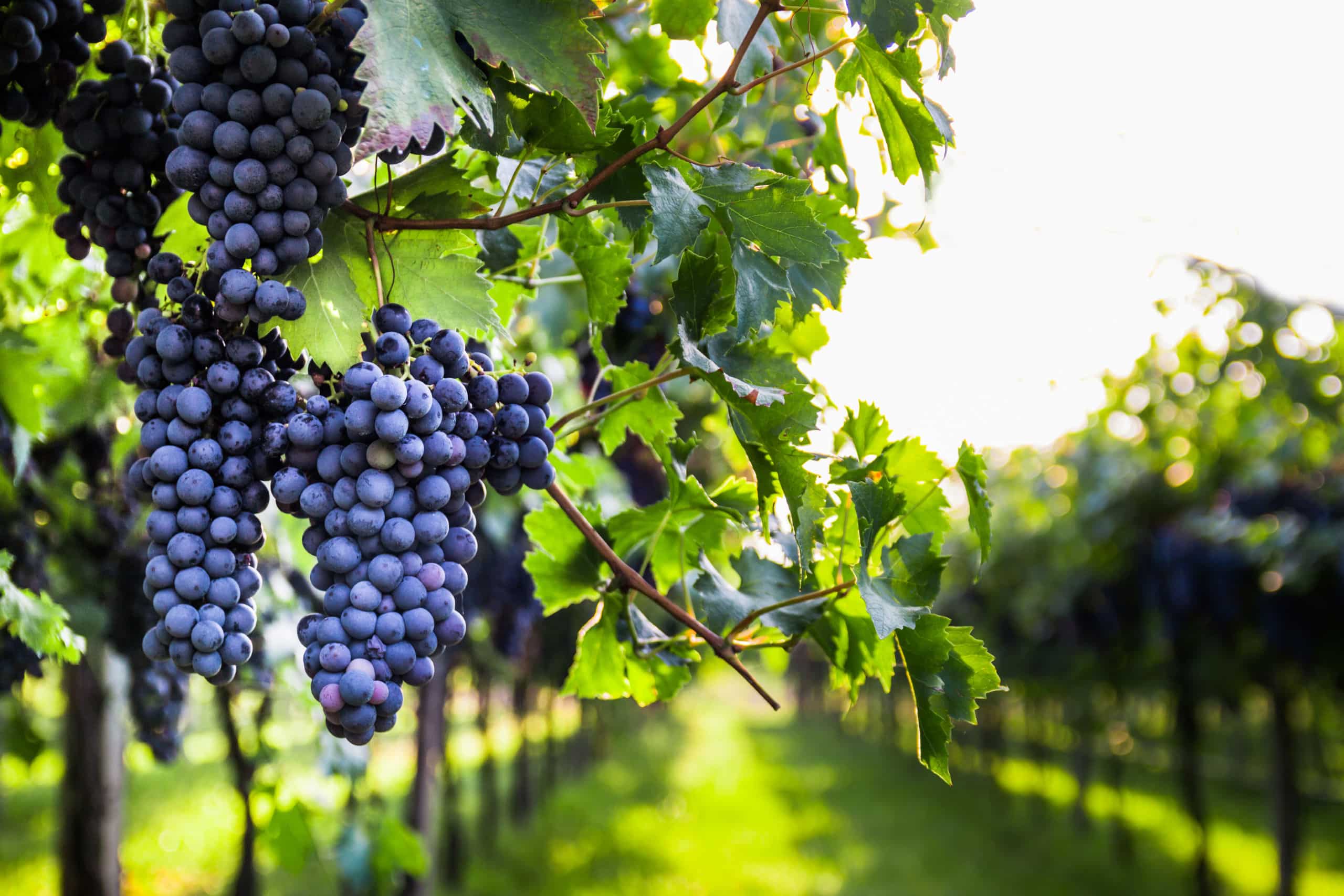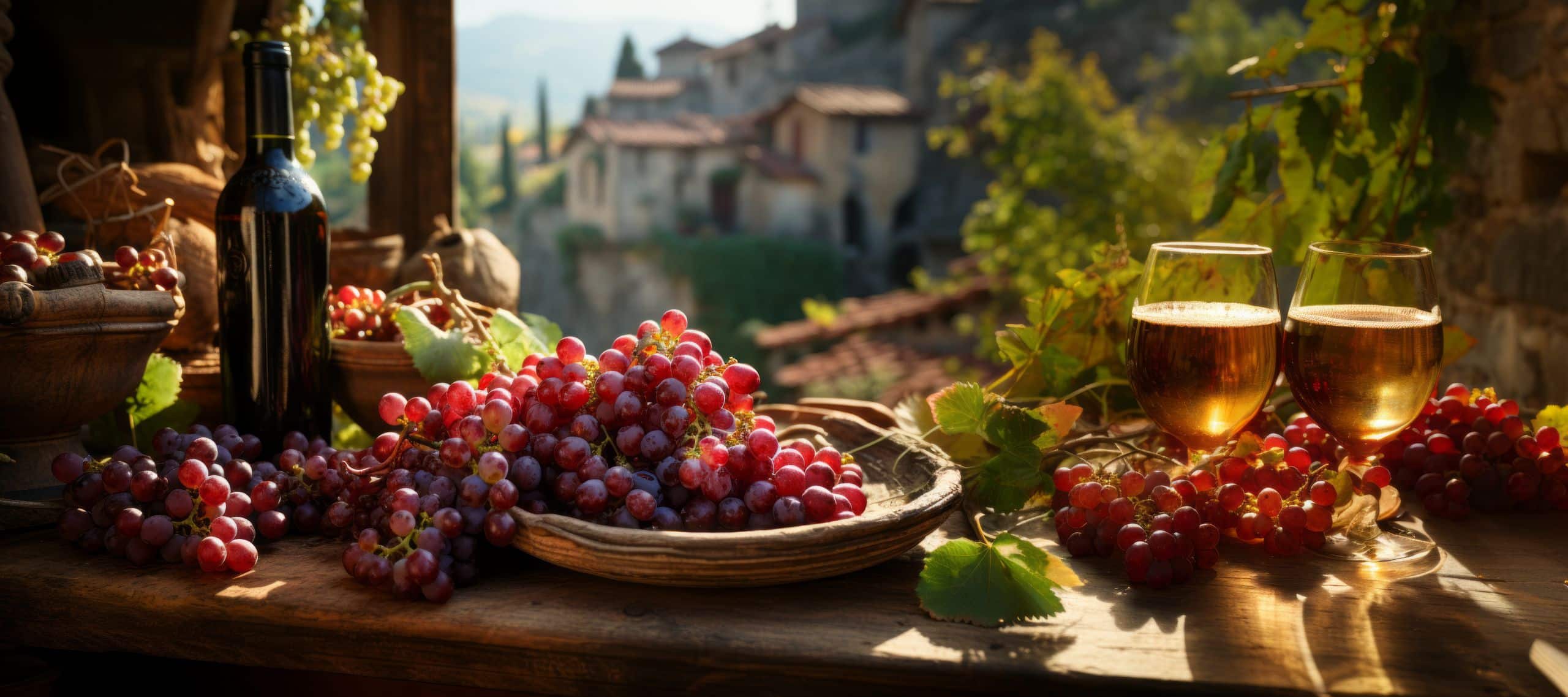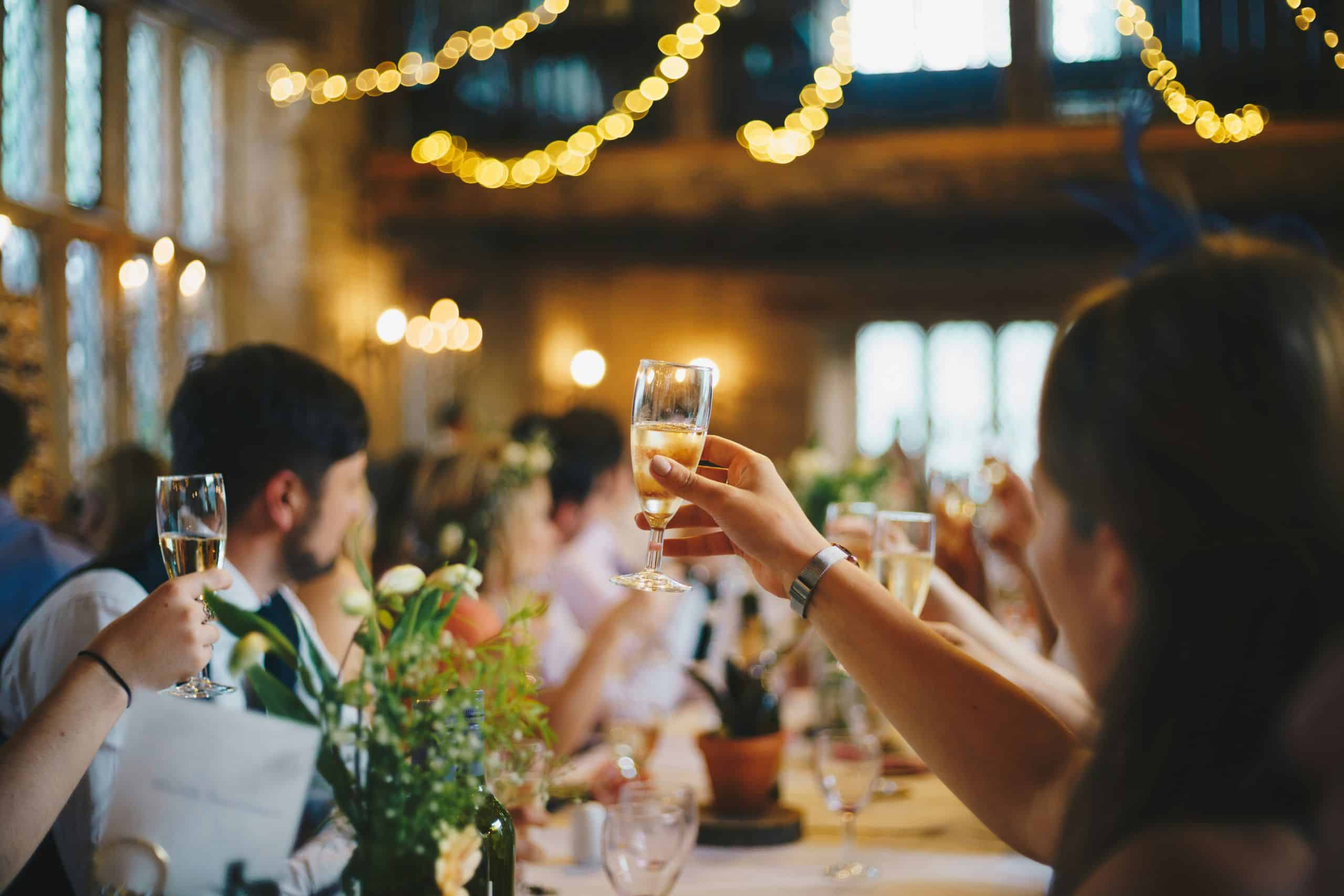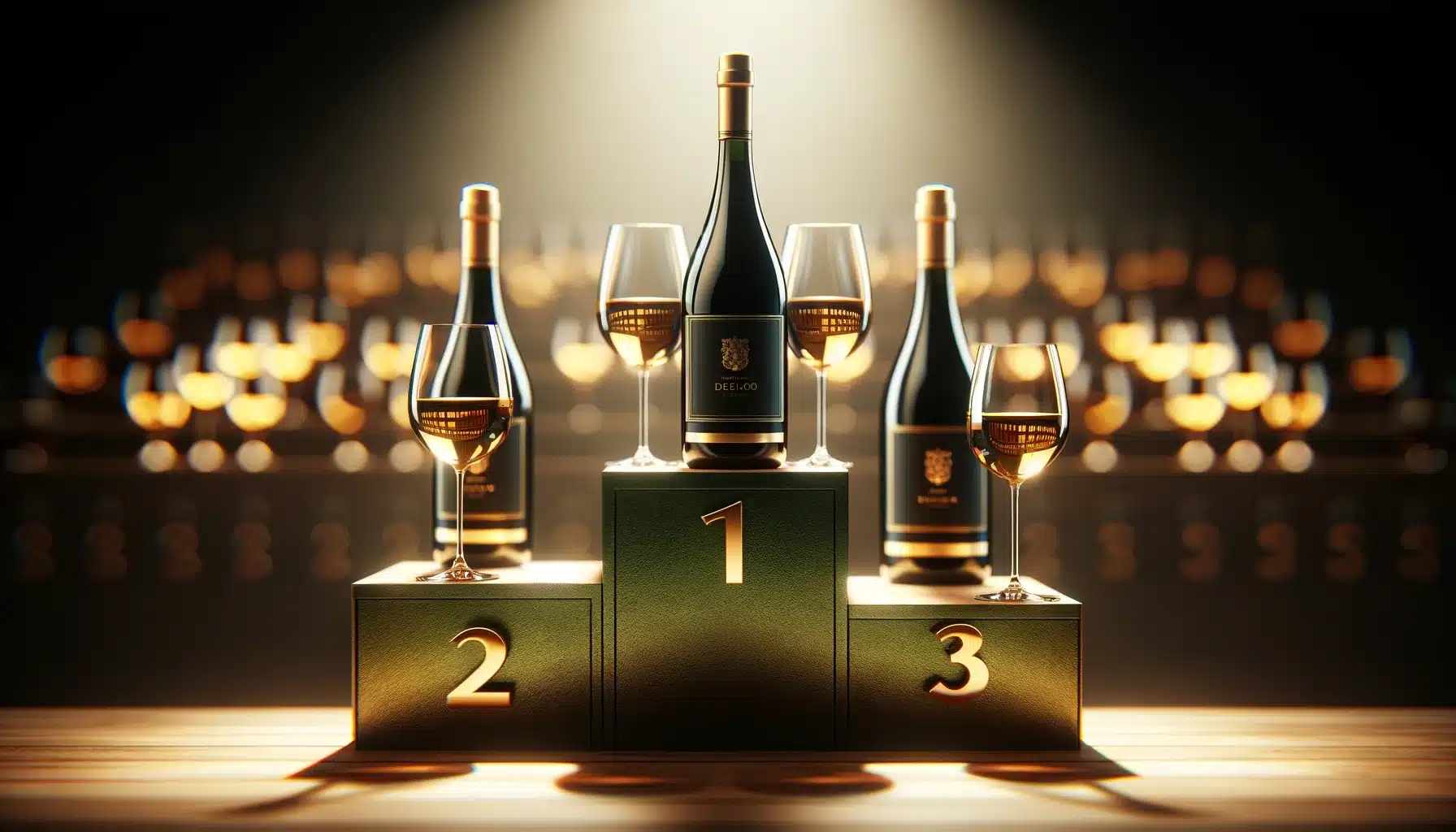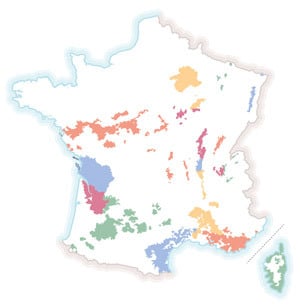
Contents
Whether you’re a novice or an amateur, knowing how to recognize a good bottle of wine is an essential skill you’ll need to master in time. Let’s be proud of our country: we produce most of the world’s most prestigious wines, and as good French people, we owe it to ourselves to know how to recognize them!
At first glance
The first thing to look for is the bottle’s appearance. It’s important to look at the label and its price to identify the producer, the grape varieties used, the region where the wine is produced and the appellation under which it is produced. A wine with an Appellation d’Origine Contrôlée (AOC) is generally of higher quality than a wine with a Protected Geographical Indication (PGI) or a vin de pays, because it meets more demanding specifications.
Price can also be a clue, but beware: not all cheap wines are bad, and an expensive wine is not necessarily synonymous with quality. It is important to check the information “on the estate” or “bottled at the château” to ensure that the winemaker has taken charge of the entire production chain, and has not simply made a blend of grape varieties.
The year of production is also important, as it provides information on the weather conditions and the age of the vines that produced the wine you’re about to taste.
Wines with well-known names, such as those in the 1855 Bordeaux classification, are also sure-fire values that you can enjoy without fear.
Once the bottle has been opened
You’ve chosen your wine, either on the basis of advice or your own intuition. Now you’re ready to enjoy it, and there are three steps to follow. First, observe the wine, then smell it, and finally taste it.
The dress
Swirl your wine in your glass and observe. Its color will tell you about its age, alcohol content and quality. For red wines, the more orange-red a wine is, the older the vintage; conversely, the more purplish-red a wine is, the younger it is. For white wines, older vintages tend to take on a golden color.
On the other hand, if the wine deposits a sort of “tear” on the sides of the glass when swirled, it’s because the wine has been made with very sweet grapes, and is therefore quite alcoholic.
Generally speaking, the deeper and more intense the color of a wine, the higher its quality.
The nose
The first time you smell the first wine, you have what we call “the first nose”. You’ll smell the first aromas (fruity, spicy, floral, mineral…) if the wine is “open”. If it’s closed, the wine lacks oxygenation and needs decanting. Young wines need to be decanted for oxygenation (old wines need to be decanted for decanting, so that impurities sink to the bottom of the container).
If the nose is rich and you smell several well-balanced flavors, it’s a good sign! A poor-quality wine will either offer very little flavor, or too much tannin (it smells of alcohol…).
The mouth
Time for a snack. The first thing to study is the wine’s balance on the palate. For red wines, it concerns three aspects: acidity, smoothness and tannin. For white wines, it concerns acidity and smoothness.
Next, consider the aromas you sense and the balance between them. A wine’s structure, roundness, liveliness and length on the palate are all elements that define its quality.
Please pay attention to the temperature at which the wine is served during the tasting to ensure optimal results. A red wine is generally served between 14 and 17 degrees, a white wine between 9 and 14 degrees.
Choosing the right wine for the right dish
Unless you only drink as an aperitif or for tasting, you should normally match the wines you drink to the dishes you eat. Each type of wine is generally associated with a particular type of dish. The flavors of the food (its acidity, bitterness, sweetness…) must not dull the aromas of the accompanying wine.
For example, a full-bodied white wine lends itself better to fish and starters; powerful red wines go well with strong-flavored red meats; light red wines accompany lighter meats. For cheese and dessert, white wines (see sparkling wines) are generally a good match.
Photo by Javier Balseiro / Unsplash
